FDI soars to 7-month high in May
Inflows were 63% higher at $198.3m compared to $121m received last year
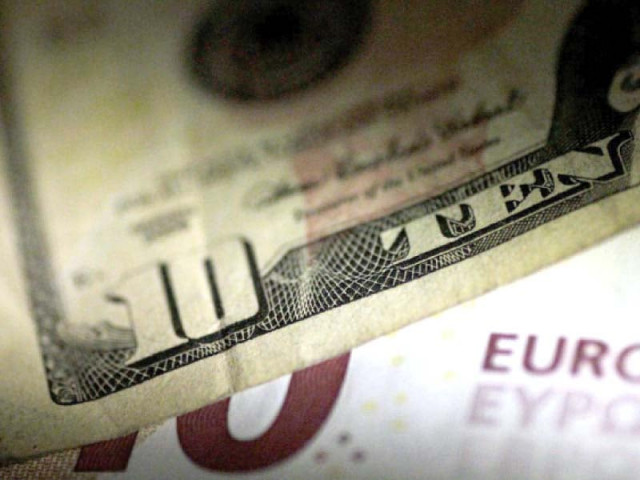
The flow of foreign direct investment (FDI) in different sectors of Pakistan’s economy like power, telecommunication and banking sectors increased to a seven-month high at $198.3 million in May following stability in the rupee-dollar parity.
The inflows were 63% high compared to $121 million received in the same month of last year. They were 25% high compared to the previous month of April’s FDI at $158.4 million, according to the State Bank of Pakistan (SBP).
“Foreign investors have poured higher investment in the wake of return of stability in rupee-dollar exchange rate,” BMA Capital Executive Director Saad Hashmi said while talking to The Express Tribune.
Earlier over the past oneyear, the rupee-dollar parity remained volatile due to the Covid-19 pandemic.
“It seems that foreigners would continue to pace up investment in Pakistan as the country reported a rapid - V-shape - recovery in its economy,” he said.
To recall, the country revised up its projection for economic growth to 4% against an initial target set at 2.1% for the outgoing fiscal year 2021.
Read: FDI to surge with better trading across borders
The government has set economic growth target of 4.8% for the next fiscal year starting July 1.
“The shift of domestic economy from stabilisation to growth mode, return of stability in rupee-dollar parity and surging foreign currency reserves of the country near and around four-year high at $16 billion have prepared a sound ground to attract higher FDIs in the months and years to come,” he said.
He said that reopening of global economies amid acceleration in vaccination drive also support pickup in flow of FDIs from developed countries into emerging markets like Pakistan, he said.
Norway and Netherlands emerged as the top two foreign investors in Pakistan with most of the flows appearing into telecommunication, power and financial business sectors in May, according to the FDI data.
Cumulatively, in the first 11 months (Jul-May) of the outgoing fiscal year 2021, FDI dropped almost 28% to $1.75 billion compared to $2.42 billion in the same period last year, according to the central bank.
SBP in its second quarterly report on the state of Pakistan’s economy (Oct-Dec) published earlier this month said that the net FDI into Pakistan fell by 35.9% during H1-FY21 year-on-year, with net inflows dropping across most sectors.
“While gross investment inflows were slightly lower than last year, the main drop in net FDI was due to a sharp increase in gross outflows during the period. The higher outflows mainly reflected the repayment of inter-company loans by firms in the telecom, electronic and power sectors during the period (H1FY21).”
In terms of fresh investments into Pakistan, China dominated the profile, with investments continuing to flow into “CPEC (China-Pakistan Economic Corridor) related projects in the power sector,” it said.
It is important to note that it is still the Phase-I projects under CPEC that are driving most of the FDI from China. “In the second phase of CPEC, the investment focus is supposed to shift towards industrial development, agriculture mechanisation, tourism and social development.
However, these sectors are yet to see any significant foreign investment flows,” the central bank said.
In addition to this, there is need for further progress on the structural reform front in Pakistan. Pakistani firms need to engage more actively in the global value chain, so as to land partnerships with major global companies.
Global FDI recorded a sharp drop of around 42% in 2020 in the wake of the pandemic. “The decline was concentrated in the advanced economies, whereas the developing countries were, on aggregate, less affected.”
Read more: FDI drops 40% to $168m in March 2021
Country-wise FDIs
Norway and Netherlands emerged as the top two foreign investors in Pakistan in May, as they poured a net $60 million and $53 million investments in the month.
Cumulatively in the first 11 months of FY21, China remained the single largest investor with net $728 million.
Hong Kong emerged as the second largest investor with $144 million. United Kingdom invested net $130.5 million in the period under review.
In the same period last year, China, Norway and Malta stood as the top three investors with inflows of $843 million, $346 million and $203 million, respectively.
Sector-wise FDIs
Communication, trade and power sectors were the top three sectors attracted most of FDIs. They received $74 million, $54.4 million and $43 million, respectively. Cumulatively in the first 11 months of FY21, power ($856 million), financial businesses ($227 million) and oil and gas exploration firms ($206 million).





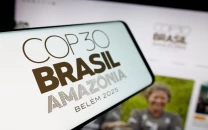

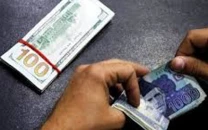


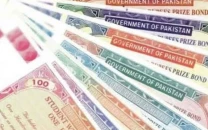

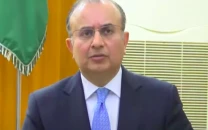






COMMENTS
Comments are moderated and generally will be posted if they are on-topic and not abusive.
For more information, please see our Comments FAQ